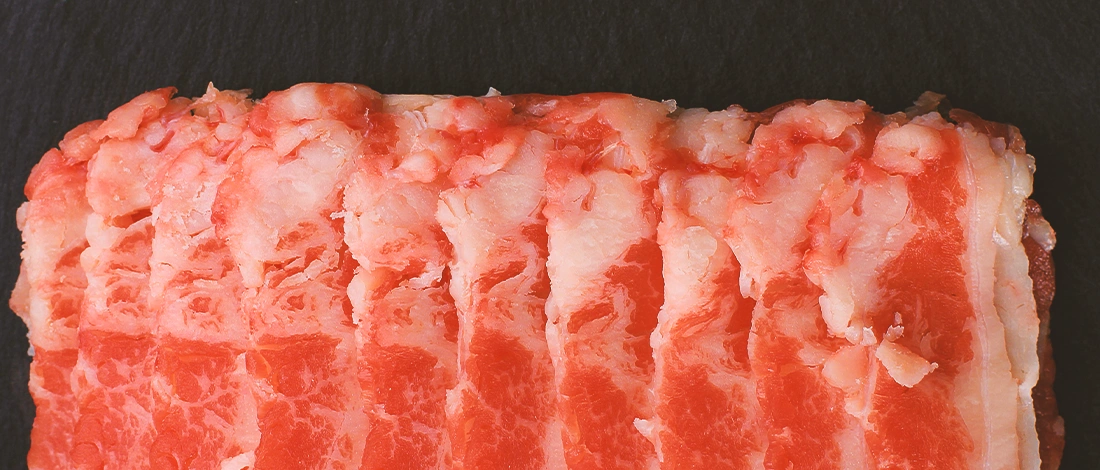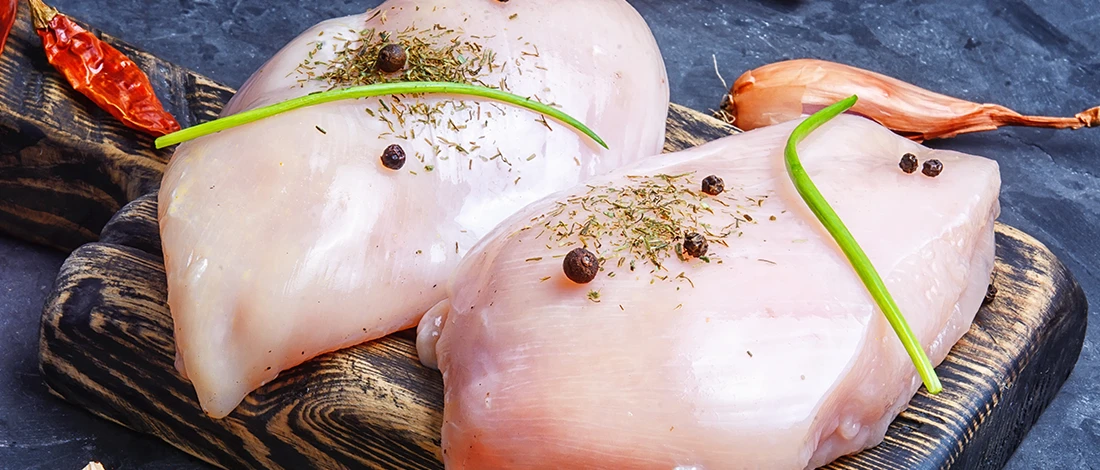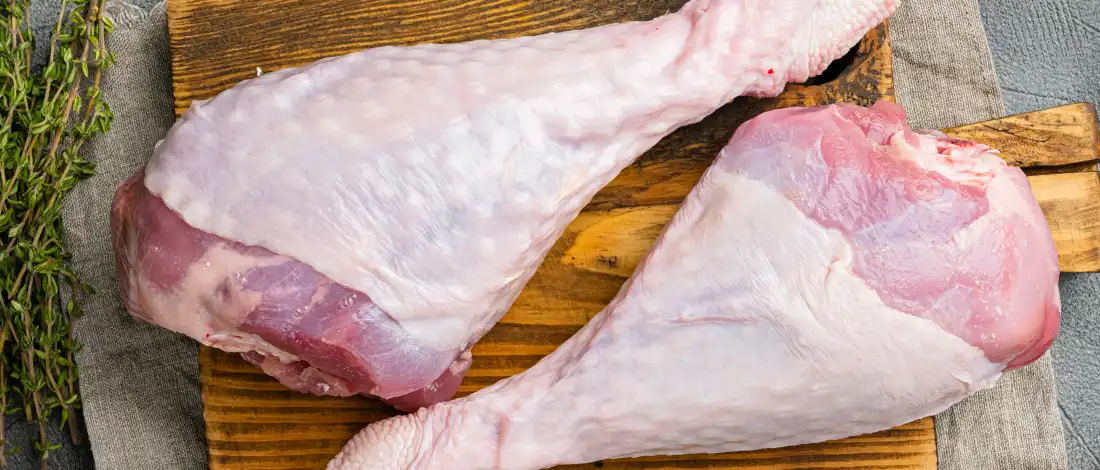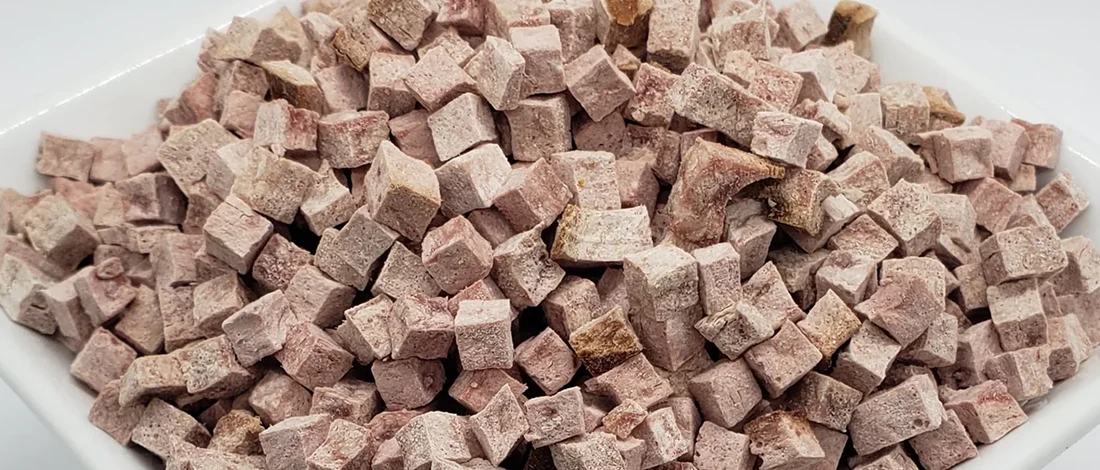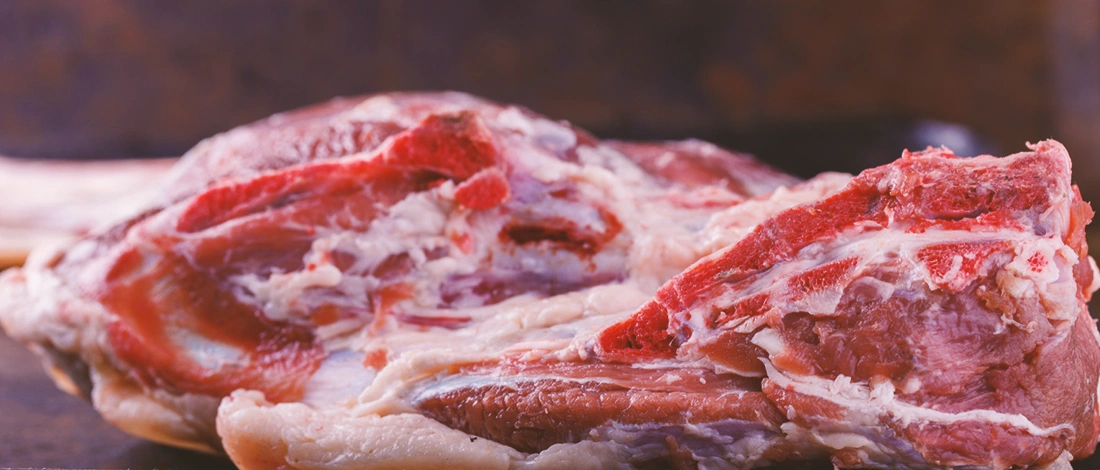Lunch meats are a staple in my carnivore diet.
However, since most lunch meats have a notoriously short shelf life, I needed to know if I could freeze them to extend their use.
I researched this question extensively, froze lunch meat many times, and now I can tell you whether freezing deli meat is a good idea.
This inquiry involved consulting with fellow experts in the culinary field and experimenting with various freezing methods to ensure the utmost quality and safety.
This article will discuss making the most of your lunch meat and reducing food waste.
Quick Summary
- Freezing lunch meat is a great way to extend its shelf life.
- Proper storage techniques are essential to maintain the quality of frozen deli meat.
- It's best to freeze lunch meat in small portions to ensure quick and even thawing.
- If you don’t want to experiment with freezing lunch meat and fresh cuts are your preferred option, ButcherBox might be a good place to start.
Is It Safe to Freeze Lunch Meat?

It is safe to freeze lunch meat. It is a great way to extend the shelf life of your food.
Freezing roasted turkey, roast beef, or other packaged deli meat can also be convenient for meal planning and making quick and easy sandwiches.
It can also ensure you always have some cold cuts available for meals or snacking.
Freezing Lunch Meat Properly

Before putting the food in the freezer, ensure the lunch meat is fresh and hasn't expired. Freeze the lunch meat the same day it was purchased or opened from its original packaging.
Here are my detailed instructions:
1. If you're freezing pre-packaged lunch meats like bologna or salami that come in unopened packages, you can safely freeze them without transferring them into another container.
2. To prepare deli meats from the butcher counter for freezing, transfer them to an airtight freezer bag. You can also freeze sandwich meat in a plastic bag or aluminum foil, but this will not yield as good results.
3. Removing as much air as possible prevents ice burn or crystals when packing the deli meat. One way to do this is by using an airtight freezer bag designed explicitly for freezing food.
Place the sandwich meat in the thicker freezer bag and press out all the air before sealing it shut.
4. For extra protection against freezer burn once removed from the original package, lay individual slices of deli meat on plastic wrap, wax paper, or even paper towels, and freeze stacked in freezer bags. This will also prevent the sliced meat from sticking together in the freezer.
5. You can also reduce freezer burn by wrapping the freezer bag in foil or a plastic grocery bag or placing it in a freezer-safe container.
Note: You want to freeze meat quickly to prevent bacteria growth and preserve its flavor. This also prevents the formation of large ice crystals, which can disrupt the structure of the meat. When those crystals melt, they can make the meat mushy and unappetizing.
"Freezer burn does not make food unsafe, merely dry in spots."
- U.S. Department of Agriculture
How Long Is Frozen Lunch Meat Good For?
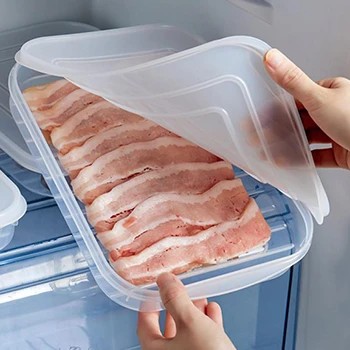
Frozen lunch meat is good for an indefinite period once properly packaged and stored in the freezer at 0°F (-18°C) [1].
However, some cured meat like prosciutto, pepperoni, and salami may only taste fine for up to three months.
Labeling each package with the frozen-on date is crucial to ensure you consume your frozen deli meats within their recommended time frame.
It's important to remember that the deli meat's texture and moisture content may change after being frozen. Properly thawed meat may be safe but still can feel or taste less than ideal.
Read More: How Long Is Deli Meat Good For?
The Right Way to Thaw Frozen Lunch Meat
When ready to use your frozen lunch meats, there are some guidelines to adhere to. First, do not defrost deli meat at room temperature, as this method can cause uneven thawing and may lead to food poisoning [2].
Also, it is essential to note that once you have defrosted lunch meat, you should eat it. It is not safe to refreeze thawed lunch meat.
Refreezing thawed lunch meats can increase the risk of food poisoning. It is best to defrost the amount of meat you plan to use and consume it quickly.
You should defrost meat from the freezer in one of three ways: slowly in the fridge, quickly under cold running water, or in the microwave.
Also Read: How to Thaw Meat Fast?
1. In the Fridge
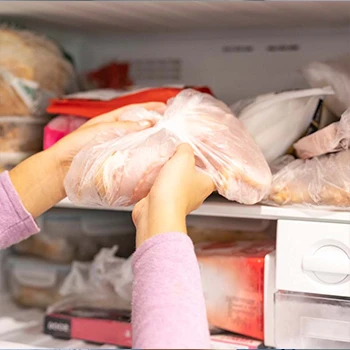
To thaw frozen deli meat in the refrigerator, remove it from the freezer and place it on a plate lined with a paper towel or wrapped loosely with plastic wrap.
The meat will thaw slowly, but this method ensures the product is safe to eat once fully defrosted.
Allow the meat to thaw in the refrigerator for at least 24 hours before consuming. Note that thicker cuts may take longer than individual slices.
If you need your thawed deli meats sooner than that time frame allows for or want single slices instead of an entire package thawed at once, you can use the cold water method.
2. Using a Bowl of Cold Water
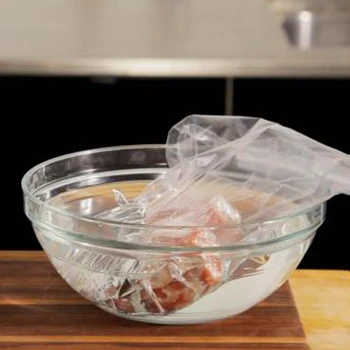
To thaw lunch meat using a bowl of cold water, remove the frozen meat from its packaging and place it in a sealed watertight bag.
Fill a large bowl with cold tap water and submerge the bag of wrapped meat in the water.
Change the water every 30 minutes until the meat is thawed.
Note: This method takes significantly less time than thawing in the refrigerator. Still, it is important to use cold tap water and change it frequently to prevent the meat from entering the danger zone, where bacteria can multiply rapidly.
3. In the Microwave
In order to thaw in the microwave, simply follow the instructions provided by the manufacturer.
Many models of microwaves have a 'defrost' setting or button, which will adjust the settings so that the meat thaws slowly.
And, for safety, I suggest eating meat immediately after it has been thawed.
Tips for Freezing Pre-Packaged Meat

To reduce the risk of freezer burn and preserve the flavor and texture of lunch and other cured meats, follow these tips:
- Blot the deli meat with a paper towel before freezing to reduce ice forming on the meat.
- For thicker cuts of lunch meat, wrap them individually before freezing.
- Freeze cooked meat like chicken breasts and stew meat in the same way as raw deli meat.
Related Articles:
FAQs
What Happens If You Freeze Deli Meat?
If you freeze deli meat, you can extend its useful life for up to two months. However, freezing it for too long may not preserve flavor and texture well. So put the date frozen on the outside of the bag once the meat is wrapped properly.
Why Should You Not Freeze Your Meat?
You should not freeze your meat if the quality of the meat is of the utmost importance. Freezing meat will leave raw and cooked meats less tender and juicy once you thaw and cook them.
How Do You Make Deli Meat Last Longer?
You can make deli meat last longer by wrapping it tightly in aluminum foil and placing it back in the refrigerator. Obviously, freezing your cold cuts can make them last even longer.
What Deli Meats Can Be Frozen?
All deli meats, including salami, ham, turkey, and roast beef, can be safely frozen. Cured meats like bologna hold up particularly well because of their hearty texture, low moisture content, and denseness. Other meats may be slightly wet upon thawing.
References:
- https://ask.usda.gov/s/article/What-are-suggested-storage-times-for-frozen-foods
- https://www.ushealthgroup.com/2020/11/10/how-to-safely-defrost-meat/


